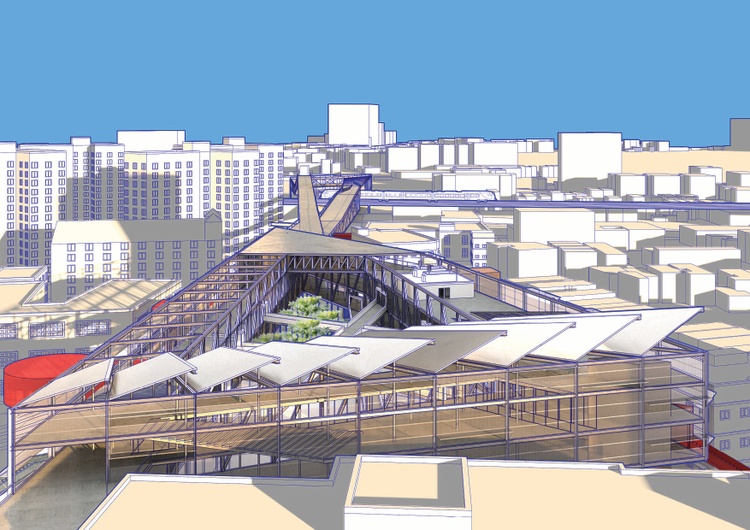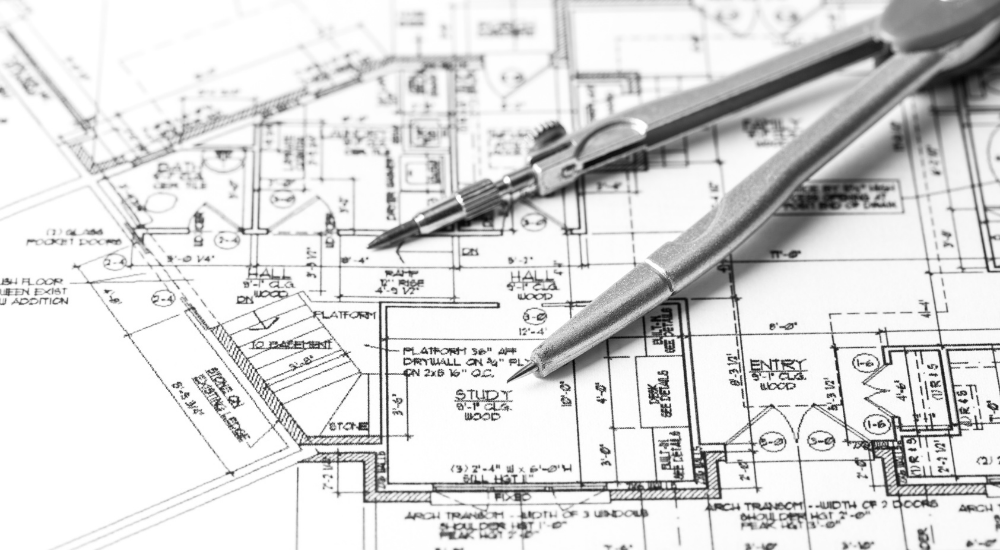How CDA Architects Deliver Cutting-Edge Solutions for Sustainable Architecture
Wiki Article
An Extensive Introduction of Building Styles and Their Impact on Modern City Planning and Development
Architectural styles have actually long worked as a mirror to the social values and technological advancements of their time, playing a crucial function in forming contemporary city planning and advancement. From the majesty of Neoclassicism to the practical method of Brutalism, each style has actually presented one-of-a-kind ideas that affect urban looks and performance. As modern obstacles arise, consisting of sustainability and area requirements, recognizing these historic frameworks comes to be necessary. The resulting dialogue not only informs future style methods yet likewise increases important concerns regarding the balance in between heritage and development in our developing city landscapes.Historic Review of Architectural Designs
Throughout history, building designs have progressed in feedback to social, technical, and environmental elements. Each duration mirrors the dominating values, beliefs, and improvements of its time, leading to a rich tapestry of layout that indicates human imagination and adaptation. The ancient people, such as the Egyptians and Greeks, established foundational styles that stressed proportion and percentage, offering both useful and visual objectives.As societies transitioned through the Middle Ages, Gothic architecture arised, defined by its verticality and intricate describing, matching the spiritual aspirations of the age. The Renaissance noted a rebirth of classic perfects, merging art and style in innovative manner ins which affected subsequent styles throughout Europe.
The Industrial Change introduced brand-new products and building strategies, triggering motions like Innovation, which challenged conventional types and embraced simpleness and capability. The 20th century saw a diversification of styles, with Postmodernism responding versus the raw minimalism of its predecessor, integrating historic recommendations and diverse aspects.
Today, architectural styles proceed to develop, driven by globalization and sustainability issues, mirroring a dynamic interplay between heritage and advancement. This historical review highlights the relevance of design as a mirror of societal evolution and as a stimulant for city growth.
Trick Architectural Styles Explained
The diversity of architectural designs mirrors the myriad influences that shape our constructed atmosphere, each embodying distinctive qualities and cultural values. Trick building designs consist of Classic, Gothic, Baroque, Innovation, and Postmodernism, each representing special historical contexts and visual approaches.Classic architecture, rooted in ancient Greece and Rome, emphasizes proportion, proportion, and making use of columns. On the other hand, Gothic style, flourishing in the center Ages, is identified by pointed arches, ribbed safes, and flying buttresses, producing a spiritual high quality in basilicas. Baroque design, emerging in the 17th century, is marked by majesty, fancy decoration, and a dynamic interplay of light and darkness.

Recognizing these styles offers understanding right into the social stories and technical improvements of their corresponding ages, highlighting exactly how design offers not simply as a sanctuary, however look at more info as a reflection of social values and ambitions.
Effect On Urban Planning
In shaping the growth of cities, architectural styles significantly affect metropolitan preparation decisions. The option of building design typically dictates the appearances, performance, and general character of city environments.Additionally, building styles can affect zoning laws and land use policies. Urban coordinators have to think about the prevailing building fads when developing districts, ensuring that brand-new advancements balance with existing frameworks. This consideration promotes cohesive city landscapes and improves community identification.
The application of certain building designs can also affect socioeconomic variables within a city. Premium modern designs may attract affluent homeowners and companies, leading to gentrification, while more budget-friendly real estate services might prioritize functional and lasting layouts to suit diverse populations. Eventually, the interplay between architectural styles and city preparation creates vibrant cities that show both historic context and contemporary requirements, shaping the lived experiences of their citizens.
Sustainability and Modern Design
Architectural designs play a pivotal duty in resolving contemporary challenges, specifically in the realm of sustainability. As city locations increase and ecological worries magnify, modern architecture significantly accepts sustainable design principles that prioritize energy effectiveness, resource conservation, and very little ecological influence.Contemporary architectural movements, such as biophilic layout and environment-friendly design, supporter for structures that harmonize with their environments, making use of all-natural materials and promoting biodiversity - cda architects. These designs commonly integrate sustainable energy resources, such as photovoltaic panels and wind turbines, to lower you could try this out reliance on nonrenewable fuel sources and reduced carbon footprints
Additionally, the integration of innovative technologies, such as smart building systems, enhances power monitoring, enhancing resource use while ensuring owner convenience. Ingenious water management strategies, including rainwater harvesting and greywater recycling, additional add to sustainable metropolitan atmospheres.
Significantly, sustainability prolongs past environmental problems; it includes social and economic dimensions. By promoting area well-being and promoting inclusivity, modern-day building designs straighten with lasting growth objectives. Subsequently, the development of architectural methods continues to form resistant cities that not just fulfill the needs of the present but likewise guard the future for generations to find.
Community Engagement in Style
Neighborhood engagement in layout serves as a crucial bridge in between architects and the populations they serve, guaranteeing that the built environment reflects the requirements and aspirations of its users. This collaborative process invites neighborhood participants to contribute their insights and choices, fostering a feeling of possession and responsibility toward original site the spaces they live in.Reliable community involvement uses various techniques, such as workshops, studies, and public discussion forums, to gather varied viewpoints (cda architects). These strategies help with a two-way dialogue, enabling designers to recognize regional contexts while encouraging homeowners to articulate their worries and needs. This inclusivity not just improves the design top quality but also promotes social equity by attending to the special challenges encountered by marginalized groups

Final Thought
Building styles have exceptionally influenced modern city planning and advancement, showing developing cultural and technical contexts. As cities proceed to grow and adjust, the continuous discussion between building heritage and modern design concepts will certainly stay necessary in creating comprehensive, vibrant rooms that improve quality of life and advertise social equity.Report this wiki page